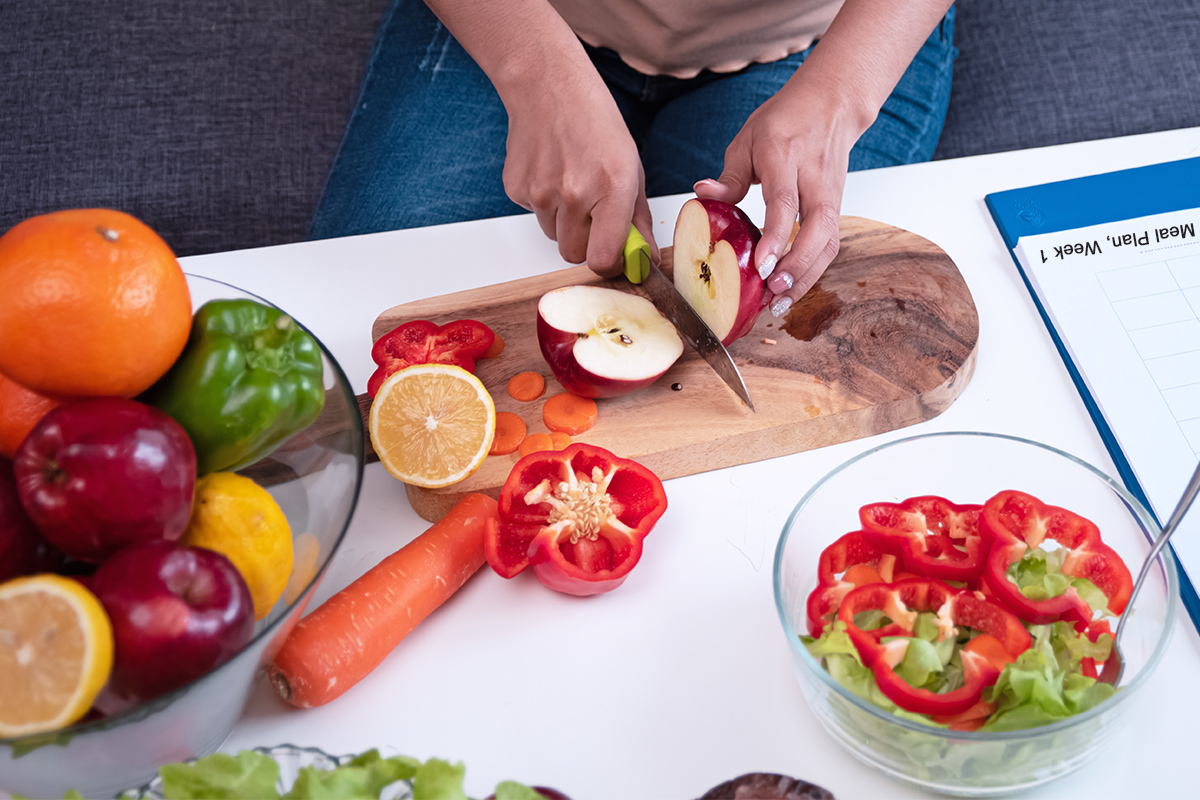
8 Common Workout Excuses and How to Crush Them
It’s the start of the new year and the start of many new resolutions. If health and fitness are on your list, you’ll need these excuse busters for the time when your dedication starts to wane. It happens. We start off strong, but as keeping our commitments gets more challenging, we start to make “exceptions.” Don’t let excuses derail you. Keep pushing for your goals with these reasons to ditch some common workout excuses.
1. I Don’t Have Time

You may have encountered them by now; the workout plans promising results in 30, 20, 10 minutes a day, or less. These workout plans crop up because having time to work out is a real concern for many people. While we don’t know if those particular routines are effective, we do know that working out for some time is better than nothing at all. It has long been recommended that if you don’t have long breaks in your day, you can break up and disperse your workout into shorter sessions.
Kick this excuse to the curb and start adding more movement to your day. Get some ideas for how you can do that by reading these Quick and Easy Workouts for a Busy Morning, or read some tips on How to Add Exercise to Your Busy Lifestyle.
2. I’m Too Tired

Okay, who’s still using this one? Science has proven that working out boosts our energy and releases all kinds of feel-good chemicals. You may start your workout feeling a bit out-of-sorts, but you’ll gain energy as you move and leave your workout more energized than when you started. So, it’s time to put this excuse to bed! For some nutrition tips to fuel your energy-stores, check out this article on Snacks to Help Boost Energy.
3. I’m Too Old

We have success stories that prove without a doubt that age is just a number. These LA Fitness members have overcome adversity, defied the odds, and achieved their goals, regardless of their age. You’ll toss this excuse once you’ve read these inspiring stories:
Dave R. is 59 years old and still competing and placing in triathlons! For years, he has been running, swimming, and cycling his way to health.
Ed B. is a 67-year-old with a history of knee issues and even a knee replacement. He works hard at LAF’s High Intensity Interval Training class and has never felt better.
Peter B. is 82 years old and he cycles and does yoga 3 days a week. He also takes the opportunity to hike, swim, run, and lift weights!
Jerry and Marilyn are 88 and 87, and they have been playing Raquetball together for the past 30 years!
These are just a few of our successful older members! Browse our Member Spotlight page for more motivational stories.
4. It Doesn’t Work for Me

Do you feel like you’ve tried to stick to an exercise routine before, and it doesn’t work or it’s hard to keep it going? You’re not alone. The key to reaping the benefits of exercise is consistency and commitment, and yes those are both easier said than done.
Fortunately, studies show that you’re more likely to achieve your goal if you record it. Write it down or tell someone, and it’ll be easier for you to keep yourself accountable. If this sounds like something you’d like to try, you can share your goal on our Commit to Fitness page.
5. It Feels Like a Chore

Add the word “chore” to anything and it seems to zap your energy for it. If you are walking into your workout already expecting to have a terrible time, it’s more likely that you will. Though, if you’re dreading your workout you probably haven’t chosen your exercise type wisely. There are so many ways to exercise, from heavy weightlifting to smooth and steady Pilates. It’s important to find something you’ll actually look forward to.
You have the power to choose, even if a specific type of workout has been prescribed to you. If you have to do cardio for your health, look up all the different types of cardiovascular workouts. You’ll see the dreaded treadmill, but you’ll also see boxing, cycling, dancing, swimming, hiking, rowing, step aerobics, and more. Choose what speaks to you and you’ll find it easy to sweep this excuse out the door.
6. I’m Too Sore From My Previous Workout

This one is an acceptable excuse if working out will do more harm than good. If you’re just a little sore, however, working out can help ease those aches by increasing blood flow to your muscles. The extra blood helps flush out the chemicals responsible for your pain.1 So, “I’m too sore” should never be an excuse unless you’re in danger of injuring yourself or overusing your muscles, because a light workout out is a remedy!
7. I’m On My Period

The cramps, the fatigue, the bloating, and all the discomfort of that time of the month can really make your workout day look more like crawl-into-bed-and-hibernate-for-a-week day. However, like the argument for #6, working out can actually be really good for you (and your workout) while you’re on your period.
In fact, one study found that working out in the first 2 weeks of the menstrual cycle (the week of your period and up to a week after), helped women perform better during their workouts! The study recorded results like “significant increase in jump height, peak torque values in hamstrings, increased lean body mass of the legs,” and overall positive training experiences.2
In addition to potentially benefitting your strength and power, exercising while on your period can help relieve pain! The endorphins released during your workout are natural pain killers!3 We know that each body is different, so if you’re able, it’s time to put this excuse to rest and take advantage of Aunt Flow’s monthly gift.
8. I’m Feeling Under the Weather

If you’re feeling under the weather for other reasons, you might be off-the-hook. It’s definitely okay to let your body rest and recover from illness and probably better that you do in many cases. However, if you’re past the worst of it and mostly recovered, you’re probably safe to exercise.
WebMD cites their interview with Dr. Lewis G. Maharam who says that having a fever is essentially the deciding factor.4 It’s possible that you can dangerously increase your internal body temperature if you exercise while running a fever.4
Let your body tell you what it feels capable of when you’re sick and, if you can, do a light workout to help keep your routine on track.
Like what you’ve been reading? Stay in-the-loop and subscribe to our newsletter to receive monthly highlights from the LA Fitness blog!
Sources
- Sarnataro, Barbara Russi. “Coping With Sore Muscles After Physical Activity.” WebMD, WebMD, 2003, https://www.webmd.com/fitness-exercise/features/sore-muscles-dont-stop-exercising#3.
- Wikström-Frisén, Lisbeth. “Training and Hormones in Physically Active Women: with and without Oral Contraceptive Use.” DIVA, Umeå Universitet, 2 Sept. 2016, umu.diva-portal.org/smash/record.jsf?pid=diva2%3A955835&dswid=6643.
- Lindberg, Sara. “Can You Exercise on Your Period?” Healthline, 24 Aug. 2018, www.healthline.com/health/exercise-during-period#benefits.
- Mann, Denise. “Exercising When Sick: A Good Move?” WebMD, WebMD, 23 Oct. 2007, https://www.webmd.com/cold-and-flu/features/exercising-when-sick#1.










































